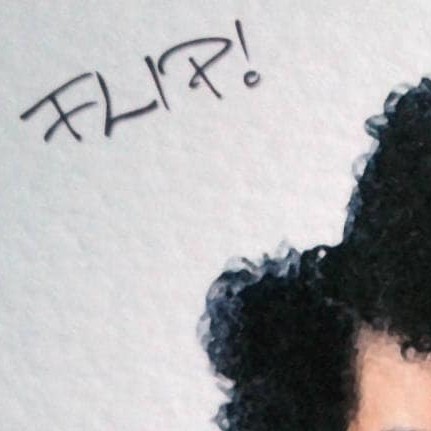For reference, some feline coat patterns require XX chromosomes.
Calicos are usually female, but it is not guaranteed.
Male calicos need to be XXY instead of XY. They’re almost always female, with males being very noteworthy. Only 1 in 3000 calicos is male.
Fun fact: while almost all calico cats (tricolor coat) are female, around 1 in 3,000 are males with an extra X chromosome, a condition known as Klinefelter syndrome. As a result, they are almost always sterile. About 1 in 10,000 male calicos are fertile.
Also, around 80% of orange cats are male.
My friend had a male calico who was very much not sterile… at least not until the parents were required to neuter…
That’s genuinely awesome stats you’re claiming! I feel doubly blessed for my orange little lovely lady who ran the house.
Her bigger also orange twin brother? Dominated. The big fuckoff dog? Dominated. She ran the indoor animals.
The only animal she didn’t run over was our elder statesmen cat, who was big and brilliant in equal measure. My dear boy was the largest cat I ever saw, and would understand language to a frightening degree.“Go see X”, “Come Here”, “stop”, and any mention of “Vet” was well interpreted :)
Are the Organge ones and Calicos of the same breed?
Orange and calico are just some of the possible colorings of a cat’s fur and don’t determine its breed (although some breeds are known for having distinctive colors and patterns).
You know just enough to be dangerous
Tortoiseshell and calico? Not sure of any others
About 80% of orange cats are male; not as clear as one in three thousand for calicos, but stilll.
Most would assume my orange cat os a boy but it’s a girl
I have a female orange as well. She has floating patellas and walks funky. Does yours have something similar?
not really, she does runs funny but there is no physical problem she is just chaotic and a bit dumb lol
All cats are girls and all dogs are boys, duh.
But we can make it more complicated in Germany:
“Kater” refers to male cats
“Katze” refers to female cats as well as the neutral term for the animal.:)
We named a female cat Dave before we knew she was female (we were bottle feeding her before we got her fixed. thought she was male. the vet corrected us, but she came when we called Dave down the hall so we weren’t changing her name). So from then on Dave was male when he was bad, female when she was good, and enby when they were neither.
I went to school with a girl named Dayv (pronounced Dave). She went by Dayve (pronounced Davey).
I’ve had a male cat and a female dog for the past 16 years and my dad still calls the dog he and the cat she 🙄.
Things that feel bigoted but aren’t 😅
I’m wondering what ratio of “gendered” languages uses the feminine genus for cats as opposed to dogs, as in “die Katze/der Hund”.
Exactly! Is cats are girls and dogs are boys just a Germanic thing, or is it deeper?
Many romance languages have both; for instance, in Catalan “gos” / “gossa”, “gat” / “gata”, in Spanish, “perro” / “perra”, “gato” / “gata”, or in French “chien” / “chienne”, “chat” / “chatte”.
See my other comment, the one with the emoji: yes, words like “tomcat” and “bitch” exist, but which is used for the species?
In general the default for cats and dogs is the male form, though it can be ambiguous between male and don’t know / don’t care.
For instance if you saw a random unidentified cat you could say you saw “un gat / gato / chat”, and it would be impossible to tell whether you were referring to a male cat or a cat of unknown gender (while if you used the female form it’d be unambiguous).
Romance languages really could use a neutral form, but “gat@”, “gat*”, or “gatx” just don’t work when you try to figure out how to say them out loud, and using the female form for neutral just moves the problem to the other side.













